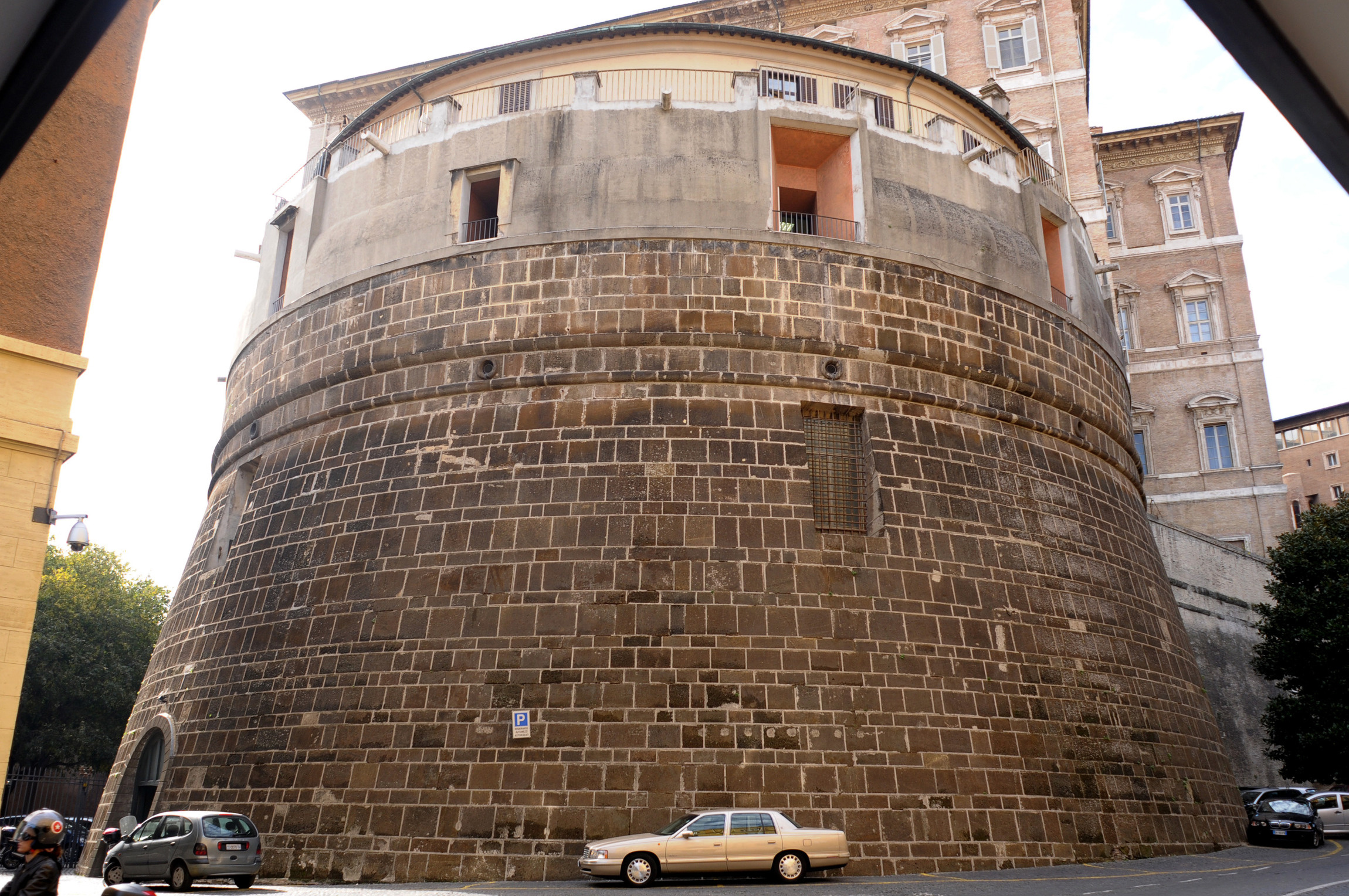The Vatican Bank, formally known as the Institute for the Works of Religion (IOR), is one of the most enigmatic and controversial financial institutions in the world. Its operations have been the subject of intrigue, speculation, and conspiracy theories for decades, raising questions about its influence, transparency, and role within the Catholic Church and global finance.
A 2009 exposé titled “The Vatican Bank: The Most Secret Bank in the World” published on Biblioteca Pleyades delves into the history, controversies, and perceived shadowy dealings of the IOR. From accusations of money laundering to its involvement in geopolitical maneuvering, the article paints a picture of a financial institution with immense power and a questionable legacy.
A Brief History of the Vatican Bank
The IOR was established in 1942 by Pope Pius XII to manage funds intended for religious and charitable works. Operating within the sovereign territory of Vatican City, the bank benefits from its unique status, effectively shielding its activities from external scrutiny.
The Vatican Bank’s primary mission is to provide financial services for the Catholic Church, including dioceses, religious orders, and charities worldwide. However, its operations have extended far beyond these boundaries, becoming entangled in global finance and alleged illicit activities.
The Vatican Bank and Controversies
1. Alleged Money Laundering
For years, the IOR has faced allegations of being a conduit for laundering money, often linked to organized crime and corrupt entities. The lack of external oversight and its exemption from international banking regulations have made the IOR an attractive vehicle for questionable transactions.
In 2010, Italian authorities investigated suspicious transfers involving the IOR, leading to the seizure of €23 million. While the Vatican insisted the transactions were legitimate, the case highlighted concerns over the bank’s transparency.
2. The Banco Ambrosiano Scandal
One of the most infamous episodes in the IOR’s history is its connection to the collapse of Banco Ambrosiano in the early 1980s. The IOR was a major shareholder in the bank, which collapsed under the weight of $1.4 billion in missing funds.
The scandal also revealed ties between the Vatican Bank, Italian Freemasonry (the P2 Masonic Lodge), and even the mafia. The mysterious death of Banco Ambrosiano’s chairman, Roberto Calvi—found hanging under Blackfriars Bridge in London—further fueled conspiracy theories.
3. Lack of Transparency
Despite reforms in recent years, critics argue that the Vatican Bank remains secretive. Its operations are not subject to public audits, and its governance structure allows for limited accountability. This opacity has fueled suspicions of mismanagement and misuse of funds intended for charitable purposes.
The Vatican Bank’s Influence in Global Finance
The Vatican Bank wields significant financial power, managing an estimated $7 billion in assets. Its influence extends beyond religious circles, intersecting with politics, international relations, and economic policy.
Connections to Geopolitics
Throughout the Cold War, the Vatican Bank was reportedly involved in funneling money to anti-communist movements in Eastern Europe. These activities, while aligned with the Church’s opposition to communism, underscore its role as a political actor on the global stage.
Impact on the Catholic Church
The IOR’s controversies have cast a shadow over the Church’s reputation, prompting calls for reform and greater accountability. Popes Benedict XVI and Francis have both initiated measures to increase transparency and compliance with international financial standards, though progress has been slow and met with resistance.
Efforts Toward Reform
Under Pope Francis, the Vatican has taken steps to address criticisms of the IOR. These include:
- Establishing Financial Oversight: The Vatican created the Financial Information Authority (AIF) to monitor transactions and ensure compliance with anti-money laundering regulations.
- Audits and Transparency: Independent audits and stricter internal controls have been introduced to improve accountability.
- Account Closures: Thousands of dormant and suspicious accounts have been closed as part of the reform process.
While these measures signal progress, skeptics argue that true reform requires dismantling the culture of secrecy that has defined the IOR for decades.
A Legacy of Power and Secrecy
The Vatican Bank occupies a unique position in global finance. It combines immense financial resources with religious authority, creating a potent mix of influence and controversy. While its mission is rooted in supporting the Church’s charitable and spiritual goals, its history of scandals and lack of transparency raise questions about its alignment with these ideals.
As reforms continue under Pope Francis, the IOR faces a critical crossroads: Will it embrace accountability and ethical governance, or will it remain an opaque institution, fueling further speculation and distrust?
One thing is clear: the Vatican Bank’s story is far from over, and its actions will continue to shape perceptions of the Catholic Church’s role in both spiritual and worldly affairs.
This exploration into the Vatican Bank highlights the tension between faith and finance, shedding light on a powerful institution whose reach extends far beyond the walls of Vatican City. For those interested in learning more, the Biblioteca Pleyades article offers a detailed account of the IOR’s controversial history and enduring mysteries.
For those interested in discussions about power structures, financial institutions, and the intersection of faith and finance, visit Bitlyfool.com for in-depth articles and perspectives on these and related topics.




